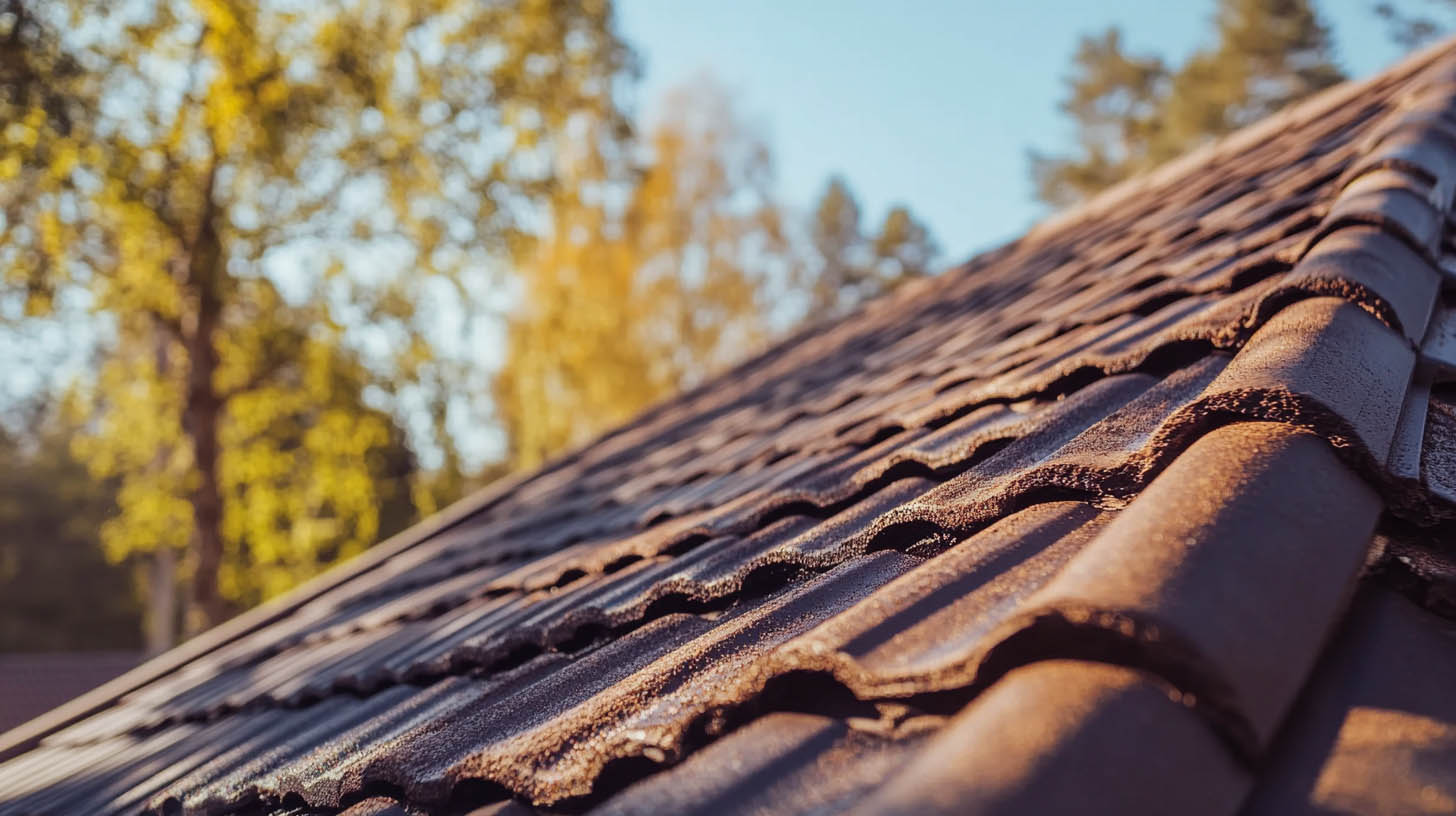
After a new roof installation, it’s common to notice a peculiar smell from materials and adhesives. While temporary, these odors can be bothersome. Rainstoppers Roofing in Charleston, WV, offers expert advice to help homeowners manage post-installation odors effectively.
Causes of Post-Installation Odors
Asphalt Shingles
Asphalt shingles are a popular roofing choice, but they often emit a distinctive tar-like or chemical odor. This smell is primarily due to the material composition, which includes asphalt and other petroleum-based substances. While the odor can be noticeable during installation or shortly thereafter, it usually dissipates within a few weeks as the materials settle and the volatile compounds naturally break down. Homeowners can minimize the impact of this odor by ensuring proper ventilation during and after installation.
Adhesives and Sealants
Roofing adhesives and sealants are essential for securing various components and ensuring a watertight finish. However, many of these products release volatile organic compounds (VOCs) during the curing process, which can lead to strong chemical odors. These odors are more pronounced in enclosed or poorly ventilated spaces. To mitigate this, proper ventilation is crucial as it helps disperse the VOCs more quickly, reducing the duration and intensity of the smell. Homeowners should also ensure that high-quality, low-VOC products are used when possible for a safer and more environmentally friendly installation.
Solutions for Eliminating Odors
Ventilation
One of the simplest and most effective ways to manage odors during the curing process of roofing materials is by improving ventilation. Open windows and doors throughout your home to encourage fresh air circulation, which helps disperse volatile organic compounds (VOCs) and other airborne chemicals more quickly. For even better airflow, consider using fans to create cross-ventilation and direct odors out of the house.
Air Purifiers
Air purifiers equipped with activated carbon filters are an excellent investment for neutralizing strong chemical odors. These specialized filters trap and absorb VOCs, odors, and other harmful substances, ensuring cleaner indoor air. When choosing an air purifier, look for models specifically designed to handle chemical odors, as they will provide the best results for maintaining a healthy and comfortable living environment.
Patience
Although odors from roofing materials can be unpleasant, they are typically temporary. Most smells will naturally dissipate over time, often fading completely within a few days to a couple of weeks. Allowing the materials to cure and settle, combined with good ventilation and the use of air purifiers, will leave your home odor-free and comfortable in no time. Patience is key, as these odors are part of the normal process and will resolve on their own.
Enhancing Indoor Air Quality
Houseplants
Incorporating houseplants into your home is a natural and aesthetically pleasing way to improve indoor air quality and combat odors. Certain plants, such as lavender, jasmine, and peace lilies, are particularly effective at purifying the air while adding a touch of greenery. These plants not only absorb toxins but also release a subtle, pleasant fragrance that can help mask any lingering chemical smells from roofing materials or other sources. Additionally, the visual appeal of houseplants enhances the ambiance of your living space, making it feel fresher and more inviting.
Essential Oils
Harness the power of natural essential oils to create a refreshing and soothing atmosphere in your home. Using a diffuser, you can disperse oils like eucalyptus, citrus, peppermint, or lavender throughout the space, effectively neutralizing unpleasant odors. These oils are known for their deodorizing properties and can fill your home with a clean, uplifting scent. For a more targeted approach, place diffusers in areas where odors are most noticeable, ensuring consistent freshness throughout the day.
Regular Cleaning
Maintaining a clean home is essential for managing odors and creating a healthy environment. Dusting surfaces and vacuuming frequently prevent the accumulation of dust, dirt, and other particles that can contribute to stale or unpleasant smells. Pay special attention to carpets, curtains, and upholstery, as these can trap odors over time. Regular cleaning not only keeps your home smelling fresh but also reduces the chances of other household odors overshadowing your efforts to neutralize roofing-related smells.
FAQs
How long do post-installation odors last?
Odors typically dissipate within 1–2 weeks as roofing materials cure and off-gas.
Can ventilation eliminate roofing odors entirely?
While ventilation helps significantly, combining it with air purifiers or natural fresheners yields the best results.
Are roofing odors harmful?
Roofing odors from VOCs are usually not harmful at typical exposure levels. If concerned, consult a professional.To understand the new roof installation process step by step, click here.
